BUD Fund (Dedicated Fund for Branding, Upgrading and Domestic Sales) was launched in 2012. It is a fund to assist Hong Kong firms to expand in mainland China and boost their competitiveness. Hong Kong and ASEAN (Association of Southeast Asian Natiosn) signed the “Free Trade Agreement” and “Investment Agreement” on 12th Nov 2017. Therefore the Hong Kong government extended the BUD Fund to all ASEAN countries, and the Fund divided into “Mainland Programme” and “ASEAN Programme”. Sometimes people may call the Mainland Programme as “BUD Mainland Fund” and it remains unchanged up to now. On the other hand, the ASEAN Programme upgraded to “Free Trade Agreement Programme, FTA” on 20th Jan, 2020. The official said that they launched the FTA Programme and the ASEAN Programme was included. Today, “ASEAN Programme” and “FTA Programme” mean the same thing, the BUD Fund FTA Programme.
The article will introduce the 10 ASEAN member states, namely Indonesia, Malaysia, the Philippines, Singapore, Thailand, Brunei, Vietnam, Laos, Myanmar and Cambodia. To glance other FTA economies, please refer to: BUD FTA economies at a glance.
ASEAN
The Association of Southeast Asian Nations (ASEAN) was founded on 8th Aug 1967, founding members include Indonesia, Malaysia, the Philippines, Singapore and Thailand. The main reason of the establishment was to resist the expansion of communism. After the Vietnam civil war, all states strengthened the cooperation in politics, economics, culture etc. Brunei joined the ASEAN in 1984 as the sixth member. Vietnam, Laos, Myanmar and Cambodia also joined the Association after the cold war. Currently the population of all ASEAN members is around 600 million, and it is one of the regions with fastest economic growth in the world. Hong Kong and the ASEAN signed the Free Trade Agreement and Investment Agreement on 12th Nov 2017, and it is effective in 8 countries already.
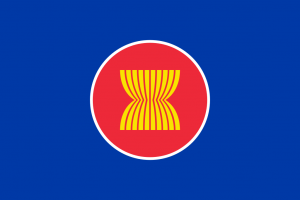
Indonesia
Indonesia has more than 17,000 islands and the population is more than 280 million. It is the largest economy in the ASEAN and a member of the G20. Indonesia is always troubled by natural disasters, therefore it is also abundant with natural resources. From the early age, many Indonesians went foreign to work as labours to earn and accumulate wealth. In recent years, the country proactively develops industry and infrastructure, encourage foreign investment and import technology. Jakarta the capital, Surabaya and Bandung etc are totally urbanized. You may set up office in these cities to invest in Indonesia. It is easier to get talents and facilities in these major cities.

Malaysia
Malaysia is the third largest economy in the Southeast Asia and the population is about 31 million. The wealth per capita is also the third, after Singapore and Brunei. The Malaysian is generally richer than other SE Asian people. Nevertheless, the central government finance is very dependent on oil export, and this leads to the volatility of the currency Ringgit. Recently the Malaysian government transforms the economy from manufacturing to service-based, such as the development of tourism and financial service. This grows a powerful middle class in the country.

Philippines
The Philippines is, similar to Indonesia, a populous island country, the second one in the ASEAN to have more than 100 million people. The Philippines exported numerous labours in the early day, and it is still the largest foreign income today. In recent years, the country proactively develops business process outsourcing (BPO) industry, and it surpassed India to become the largest BPO country in the world. The BPO industry is also the second largest foreign income for the Filipino. Besides Manila the capital, Cebu, Davao etc are also very important BPO hubs in the state.

Singapore
Singapore has around 5.6 million people, and has been developing trade and human capital since the independence from Malaysia in 1965. Singapore is one of the “Four Asian Tigers” (others are Hong Kong, South Korea and Taiwan). The geographic and time zone advantage help Singapore to achieve in financial service and shipping. Today Singapore is the freest business city in the world, also the most internationalized member in the ASEAN. Singaporean economy is very diversified, it includes information technology, biotechnology, finance, oil refinery, energy, telecommunication, shipping, trading etc. The Singaporean also established a sovereign fund “Temasek Holdings” to further stabilize the economy.

Thailand
Thailand, a country with 69 million people, is the second largest economy in the ASEAN. It is a new industrial state such that number of Asian, European and American electronics and automotive set up factories in Thailand. Tourism is also traditionally an important Thai industry and boosts the income per capita gradually. However, non-violent coup is frequent in Thailand. This doesn’t impact much for foreign enterprises, but makes barrier to the development of financial and banking services. The major trading partners of Thailand are China, the United States and Japan, and it exports machinery, electronics, food, automotive and parts etc.
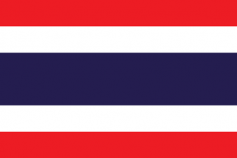
Brunei
Brunei locates at North Sarawak province of Malaysia in Borneo, and borders South China Sea at North. It has a population of around 410,000. Brunei joined the ASEAN after independence in January 1984. It is the first joining member after ASEAN establishment. Brunei government doesn’t collect person income tax and provides good welfare financed by its oil and natural gas. Though the income per capita of Brunei is very high, its mono-product economy is full of uncertainty, especially during the time of oil price volatility.
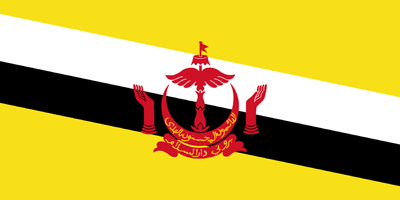
Vietnam
Vietnam has around 96 million people and locates at Indochina East. The North Vietnam region was ruled by ancient Chinese for hundreds of years, therefore Vietnam is quite influenced by ancient Chinese culture. After the French colonial and Japanese occupation, there was the Vietnam War between the South and the North controlled by the West and the Communist respectively. The Communist united Vietnam in 1976 and all these geopolitical impacts remained until the 1980s. Since that, Vietnam took the economic reform and today it is a socialist market economy. The Vietnamese develops light industry and tourism to attract more foreign investment.
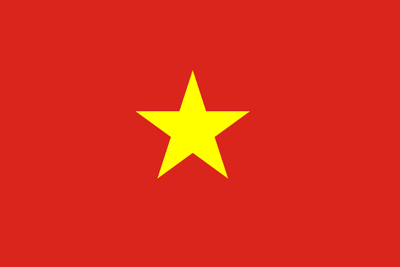
Laos
Laos is the only inland country in the Southeast Asia. It has a population of 7.1 million and ruled by the communist since the 1970s. Laos government is close to Vietnamese Communist Party, therefore the country has a very similar ideology and economic development pace. However, limited by its management skill, Laos economy was tremendously impacted during the Asian financial storm in 1997. In addition, Laos has poor education and technological development. Consequently, Laos is a relatively poor country among the ASEAN. Neverthless, Laos’ cheap labour force is still a very good reason for foreign investment. Neighbouring Thailand is the largest trade partner of Laos.
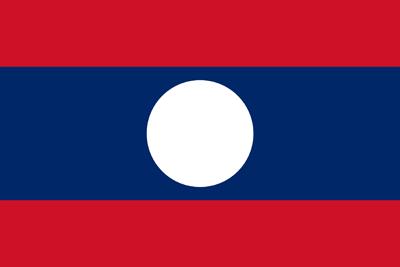
Myanmar
Myanmar (or Burma) is a West Southeast Asian country. It borders with India and Bangladesh, and has a population of 55 million. Its largest city is Yangon, and the capital changed to Naypyidaw as required by the military government. Myanmar has been ruled by the military for long time, and the situation does not change even Aung San Suu Kyi became the state counsellor. In addition, the atmosphere was worsened with Rohingya crisis. Politics has stopped Myanmar economic development after the Second World War, regardless of its natural resources such as rubies, jades, woods, mines and crude oil. Until 2011, President Thein Sein advocated economic reform to invest in infrastructure and attract foreign investment.
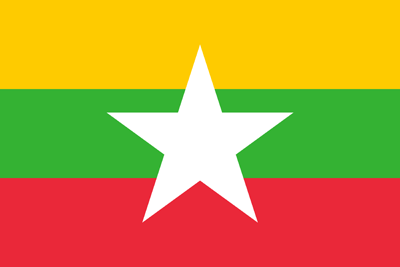
Cambodia
There are about 16.5 million people in Cambodia. The country is at the middle of Indochina with plenty of fresh water. In the 1970s, the Khmer Rouge (“Red Khmers” or Communist Party of Kampuchea) was the totalitarian ruler of the country. Under the regime, the Cambodian genocide led to the death of 2 million people. The Cambodian-Vietnamese War started in 1978 and lasted for more than a decade. The politics was never stable in Cambodia, and it finally joined the ASEAN in 1999. In recent time, the main sectors of Cambodian economy are tourism, garment final phase manufacturing, agriculture and construction. It is a new popular investment region for foreign capital.



